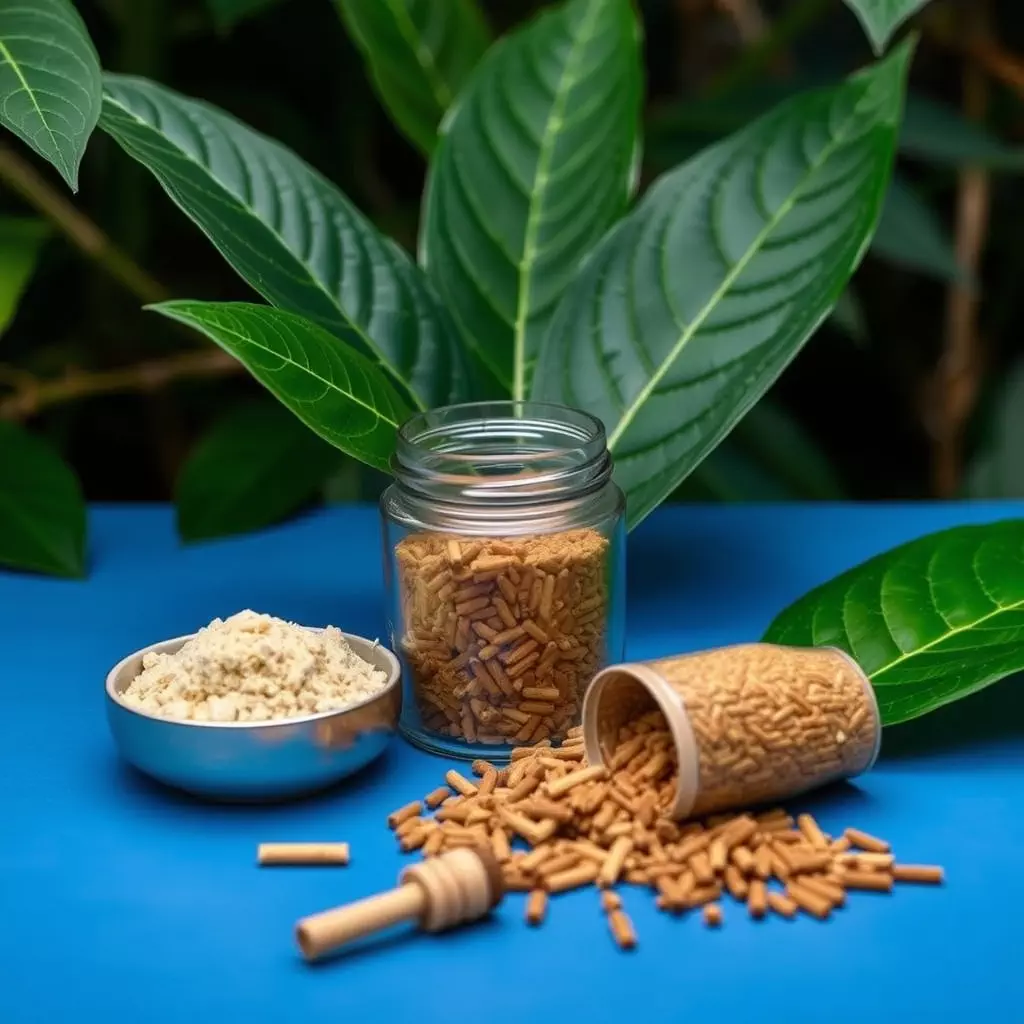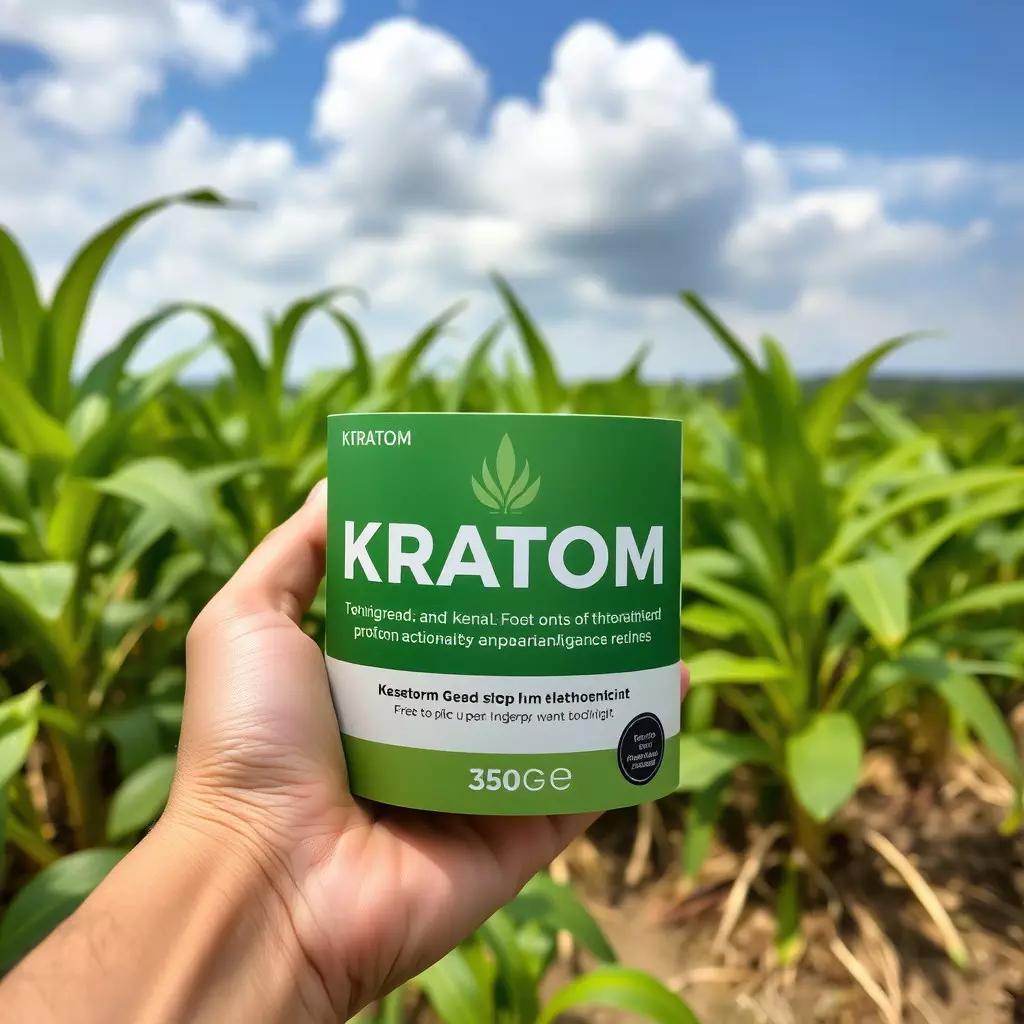Kratom, derived from Southeast Asian Mitragyna speciosa trees, has garnered attention among athletes for its potential to enhance performance by managing pain and boosting energy. Its alkaloids, including mitragynine and 7-hydroxymitragynine, engage with opioid receptors, offering a natural alternative to synthetic performance enhancers. In Canada, kratom's legal status is nuanced and varies by province and territory, as it is not explicitly controlled under the federal Controlled Drugs and Substances Act. Athletes must verify its legality in their specific jurisdiction within Canada, as regulations can change. It's crucial for athletes considering kratom to consult with legal advisors or healthcare professionals to ensure compliance with local laws and avoid potential legal issues. The use of kratom should be approached with caution due to safety concerns, and athletes are encouraged to start with low doses to understand individual effects. Additionally, sourcing from reputable vendors who provide third-party lab test results is essential for quality assurance. Athletes must also stay informed about WADA regulations, as the status of kratom regarding its inclusion in banned substances could change with new research. Understanding the legal landscape and safety considerations is key when evaluating whether kratom is legal in Canada for performance enhancement while maintaining compliance with sports regulations.
Exploring the nuanced relationship between kratom and athletic performance enhancement, this article sheds light on how this botanical substance might influence endurance and recovery in athletes. With a focus on the complex legal status of kratom in regions like Canada, we navigate its regulatory landscape to provide clear guidance. Subsequently, we delve into the scientifically grounded impact of kratom on physical performance, offering insights on safe usage practices, optimal dosages, and reliable sources for athletes aiming to enhance their training and recovery processes.
- Navigating Kratom Legality and Its Role in Athletic Performance Enhancement
- Understanding Kratom's Impact on Physical Endurance and Recovery
- Safe Kratom Use for Athletes: Dosage, Sources, and Best Practices
Navigating Kratom Legality and Its Role in Athletic Performance Enhancement

Kratom, a plant native to Southeast Asia, has garnered attention within athletic communities for its potential performance-enhancing properties. As athletes seek to improve their endurance and recovery times, they often explore natural alternatives to synthetic performance enhancers. Kratom contains alkaloids that may provide pain relief, increase energy levels, and enhance mood, which can indirectly contribute to improved athletic performance. However, before integrating kratom into an athletic regimen, it’s crucial to navigate its complex legal status.
In Canada, the legality of kratom varies by province and territory, with some regions classifying it as a controlled substance, while others have yet to establish regulations. The Controlled Drugs and Substances Act does not explicitly mention kratom, leaving the interpretation and enforcement up to local authorities. Athletes interested in using kratom must first verify its legal status in their specific jurisdiction within Canada. It’s advisable to consult with legal experts or healthcare professionals before using kratom, as its regulatory environment is subject to change and can be influenced by ongoing research and public health considerations. Understanding the legal landscape is a pivotal step for athletes considering kratom as part of their performance enhancement strategy, ensuring they remain compliant with local laws and avoid unintended legal consequences.
Understanding Kratom's Impact on Physical Endurance and Recovery

Kratom, a plant originating from Southeast Asia, has gained attention in various health and wellness circles, particularly for its potential impact on athletic performance enhancement. Its leaves contain compounds called alkaloids, primarily mitragynine and 7-hydroxymitragynine, which are believed to interact with the body’s opioid receptors, potentially influencing pain perception, energy levels, and overall well-being. For athletes seeking to improve their physical endurance, kratom may offer a dual advantage: enhancing stamina during training or competition and providing a natural approach to pain management without the side effects associated with synthetic painkillers. However, it’s crucial for athletes to be aware of the legal status of kratom in their jurisdiction; for instance, as of the knowledge cutoff date, kratom is not a controlled substance under the Canadian Controlled Drugs and Substances Act, making it a legal option for performance enhancement within Canada. Beyond its stimulant effects, kratom’s potential to aid in recovery cannot be overlooked. Some users report that certain strains of kratom can promote relaxation and facilitate better sleep quality, which is essential for muscle repair and overall recovery between training sessions. This dual-action effect of kratom—improving both performance and recovery—makes it a subject of interest among athletes looking for natural supplements to support their regimen. Nonetheless, due to the lack of extensive research on its long-term effects and its regulation status varying across countries, athletes should approach kratom with caution, ensuring they stay informed about local laws and consult with healthcare professionals before incorporating it into their performance enhancement strategies.
Safe Kratom Use for Athletes: Dosage, Sources, and Best Practices

Athletes in search of natural supplements to enhance performance may turn to kratom, a plant-based substance derived from the leaves of Mitragyna speciosa trees native to Southeast Asia. As with any performance enhancer, it is imperative to approach kratom with caution and informed guidance. Safety in kratom use hinges on proper dosage and sourcing, both of which are critical for athletes who aim to maintain their health and well-being while potentially gaining a competitive edge.
Regarding dosage, athletes should consult with healthcare professionals or sports nutritionists before incorporating kratom into their regimen. Typical recommended dosages vary based on the desired effect, with lower doses ranging from 1 to 5 grams and higher doses up to 15 grams. It’s crucial to start with a lower dose to assess tolerance and effects, as individual sensitivity can vary greatly. Additionally, frequency of use should be considered; kratom’s effects can accumulate in the system, leading to adverse reactions if used too frequently or in high quantities.
When it comes to sourcing, athletes must be discerning, as not all kratom products are created equal. The legality of kratom also varies by region; for instance, in Canada, kratom is not explicitly prohibited under the Controlled Drugs and Substances Act, but its status can be murky, and its importation may be subject to regulations. Therefore, athletes should purchase kratom from reputable vendors who provide third-party lab test results ensuring the product’s purity, potency, and safety. This due diligence helps mitigate the risk of contamination with adulterants or misrepresentation of the product’s active alkaloid content.
Athletes interested in kratom should also familiarize themselves with the World Anti-Doping Agency (WADA) guidelines to ensure that their use does not contravene any sports regulations, as the status of kratom can change and its inclusion on banned substance lists is possible with updated testing methods. Adhering to best practices in dosage, sourcing, and staying informed about legal standing will help athletes safely explore the potential benefits of kratom for athletic performance enhancement.
In conclusion, the exploration of kratom’s role in athletic performance enhancement presents a nuanced landscape for athletes and enthusiasts alike. Its potential for enhancing physical endurance and accelerating recovery processes, as detailed, offers promising insights. However, the legality of kratom, particularly in Canada—where its status is subject to regional laws and regulations—calls for careful consideration by those interested in this botanical substance. Athletes looking to integrate kratom into their training regimen are advised to adhere to recommended dosages, source their kratom from reputable suppliers, and follow best practices for safe use. It is crucial to stay informed on the evolving legal landscape surrounding kratom to ensure compliance and safety. As with any performance-enhancing strategy, individual responses to kratom can vary, and its use should be part of a comprehensive approach to athletic training and health management. With prudence and proper guidance, kratom may have a role in supporting the physical demands of athletic endeavors within legal boundaries.






